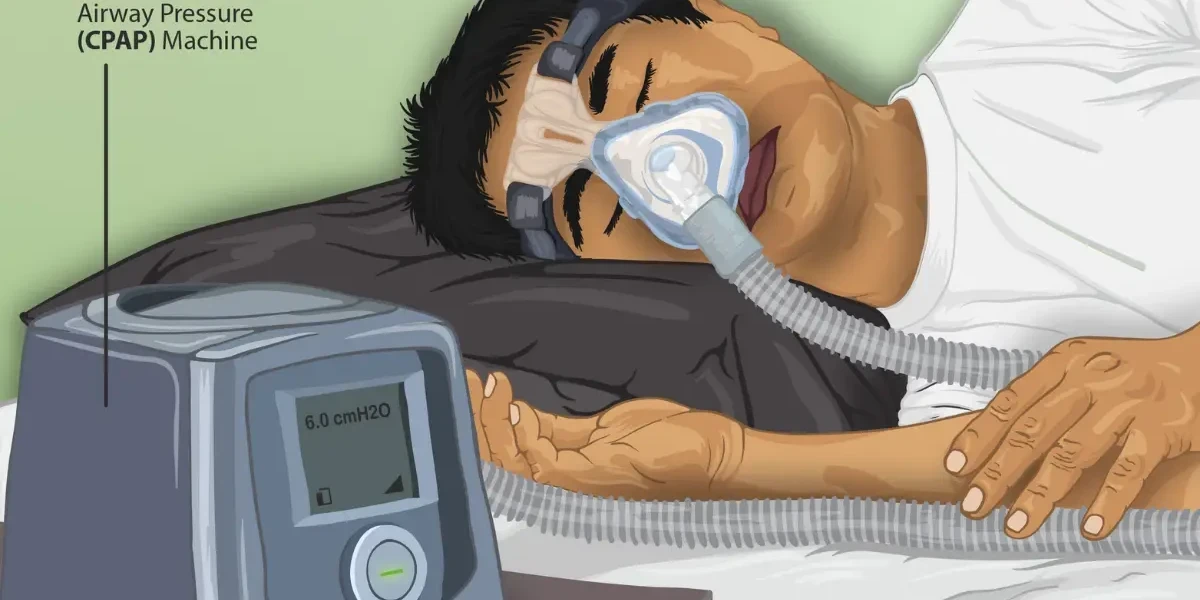Introduction
In an era dominated by digital devices, Turtle Neck Syndrome has become an increasingly prevalent health concern. Many individuals, often unknowingly, adopt poor postures while engaging with screens, leading to a range of uncomfortable and sometimes debilitating symptoms. This article aims to shed light on Turtle Neck Syndrome, its origins, and the steps you can take to prevent and treat it effectively.
Understanding Turtle Neck Syndrome
2.1 What Is Turtle Neck Syndrome?
Turtle Neck Syndrome, also known as Forward Head Posture (FHP), is a musculoskeletal condition characterized by the forward positioning of the head in relation to the shoulders and spine. This misalignment places excessive strain on the neck and upper back muscles, leading to various health issues.
2.2 The Role of Posture
One of the key factors contributing to Turtle Neck Syndrome is poor posture. Maintaining a neutral spine and keeping the head aligned with the shoulders is essential for reducing the risk of developing this syndrome.
Causes of Turtle Neck Syndrome
3.1 Prolonged Screen Time
The modern lifestyle often demands extended periods of screen time, whether for work, leisure, or communication. Prolonged screen use encourages the head to lean forward, putting undue pressure on the neck and spine.
3.2 Poor Ergonomics
Improper workspace ergonomics can exacerbate Turtle Neck Syndrome. Inadequate chair support, an improperly positioned monitor, or an uncomfortable keyboard setup can all contribute to poor posture.
3.3 Stress and Tension
Stress and tension can cause individuals to hunch their shoulders and tilt their heads forward unconsciously. This chronic muscle tension can lead to the development of Turtle Neck Syndrome over time.
4.1 Neck Pain and Stiffness
One of the primary symptoms of Turtle Neck Syndrome is persistent neck pain and stiffness. Individuals may experience discomfort that radiates into the shoulders and upper back.
4.2 Shoulder Discomfort
Shoulder discomfort often accompanies this condition due to the strain placed on the surrounding muscles.
4.3 Headaches
Turtle Neck Syndrome can also result in tension headaches, which can be quite debilitating.
Impact on Overall Health
Turtle Neck Syndrome is not limited to physical discomfort; it can also have a negative impact on your overall health. Poor posture can affect your respiratory system, digestion, and even your mood.
Why 'Tech Neck' Is Harmful
In today's digital age, the prevalence of smartphones, tablets, and computers has revolutionized the way we live, work, and communicate. However, this technological advancement has also given rise to a concerning health issue known as 'Tech Neck.' In this article, we will explore why 'Tech Neck' is bad for you, shedding light on the various ways it can negatively impact your health.
With the widespread use of handheld devices and the increasing amount of time spent in front of screens, 'Tech Neck' has become a common problem. 'Tech Neck' is characterized by the downward bending of the neck and the tilting of the head while using electronic devices. This posture is often sustained for prolonged periods, especially when browsing social media, texting, or working on a computer.
Musculoskeletal Strain
One of the primary reasons why 'Tech Neck' is bad for you is the musculoskeletal strain it places on your body. When you tilt your head forward to look at a screen, you increase the load on the neck and upper back muscles. This can lead to muscle fatigue, stiffness, and discomfort.
The human head weighs approximately 10 to 12 pounds, but the more you tilt it forward, the heavier it feels to your neck muscles. In fact, at a 60-degree angle, which is common while using smartphones, your head exerts a force of about 60 pounds on your neck. This excessive load can lead to pain and contribute to poor posture over time.
Spinal Misalignment
Continuously adopting a forward head posture can result in spinal misalignment. When your head leans forward, it disrupts the natural curvature of your spine, which is designed to distribute weight evenly. 'Tech Neck' can cause an abnormal curvature, leading to issues such as:
- Kyphosis: This is an exaggerated rounding of the upper back, often referred to as a "hunchback" posture. Kyphosis can be painful and affect your overall spinal health.
- Loss of Cervical Curve: The cervical curve in your neck is essential for absorbing shock and maintaining balance. 'Tech Neck' can lead to a loss of this curve, increasing the risk of injury.
Nerve Compression
Another detrimental effect of 'Tech Neck' is nerve compression. As your head tilts forward, it can compress the nerves that pass through your neck and upper back. This compression can lead to a condition called radiculopathy, which is characterized by radiating pain, numbness, and tingling sensations in the arms and hands.
Respiratory and Cardiovascular Implications
Believe it or not, 'Tech Neck' can even affect your respiratory and cardiovascular health. When you hunch over your devices, you restrict the expansion of your chest, making it harder for your lungs to take in an adequate amount of air. This can lead to shallow breathing, reduced oxygen intake, and increased fatigue.
Additionally, poor posture can impact blood circulation. When you slouch or bend your neck forward for extended periods, you may experience reduced blood flow to the brain. This can result in dizziness, headaches, and cognitive impairment.
Psychological Effects
The consequences of 'Tech Neck' are not limited to physical health; they can also affect your mental well-being. Research has shown that poor posture, including the posture associated with 'Tech Neck,' can lead to feelings of depression, decreased self-esteem, and reduced confidence.
Preventing and Managing 'Tech Neck'
Understanding the negative effects of 'Tech Neck' is crucial, but it's equally important to take steps to prevent and manage this condition. Simple strategies such as maintaining good posture, taking regular breaks, and performing neck and shoulder stretches can make a significant difference in reducing the impact of 'Tech Neck' on your health.
Preventing Turtle Neck Syndrome
6.1 Ergonomic Workspace Setup
Creating an ergonomic workspace is crucial for preventing Turtle Neck Syndrome. Arrange your chair, screen, and keyboard to promote proper posture.
6.2 Regular Stretching Exercises
Incorporate regular stretching exercises into your daily routine to keep your neck and back muscles flexible and healthy.
6.3 Stress Management Techniques
Practicing stress management techniques such as mindfulness and relaxation can help reduce the likelihood of developing Turtle Neck Syndrome.
7.1 Physical Therapy
Physical therapy is a common treatment for Turtle Neck Syndrome. Therapists can provide exercises and techniques to improve posture and alleviate pain.
7.2 Chiropractic Care
Chiropractic care focuses on spinal alignment and can be beneficial for individuals with Turtle Neck Syndrome.
7.3 Medications
In some cases, medications may be prescribed to manage pain and inflammation associated with this condition.
7.4 Lifestyle Changes
Making lifestyle changes, such as limiting screen time and practicing better posture, is essential for long-term relief.
Living with Turtle Neck Syndrome
8.1 Coping Strategies
Living with Turtle Neck Syndrome may require adopting coping strategies, such as taking regular breaks and using supportive pillows.
8.2 Supportive Devices
Supportive devices, like ergonomic chairs and neck braces, can provide relief for individuals with severe cases of Turtle Neck Syndrome.
The Importance of Early Intervention
Early intervention is crucial when dealing with Turtle Neck Syndrome. Ignoring the condition can lead to more severe health problems and a diminished quality of life.
Conclusion
Turtle Neck Syndrome is a growing concern in our tech-savvy world, but it is not an insurmountable problem. By understanding its causes, recognizing its symptoms, and taking proactive steps to prevent and treat it, you can ensure a healthier and more comfortable future.
FAQs
11.1 What are the primary causes of Turtle Neck Syndrome?
Turtle Neck Syndrome is primarily caused by prolonged poor posture, especially while using digital devices.
11.2 Can Turtle Neck Syndrome lead to more severe health issues?
Yes, untreated Turtle Neck Syndrome can lead to more severe musculoskeletal and overall health problems.
11.3 How can I prevent Turtle Neck Syndrome while working from home?
You can prevent Turtle Neck Syndrome by setting up an ergonomic workspace, taking regular breaks, and practicing stress management techniques.
11.4 Are there any natural remedies for relieving Turtle Neck Syndrome symptoms?
Yes, regular stretching exercises and maintaining good posture are natural remedies that can help relieve Turtle Neck Syndrome symptoms.
11.5 When should I seek medical help for Turtle Neck Syndrome?
You should seek medical help for Turtle Neck Syndrome if the symptoms persist or worsen despite self-care measures. A medical professional can offer an appropriate diagnosis and treatment plan.
Important Reminder:
The information provided on “health life ai” is intended for informational purposes only. While we have made efforts to ensure the accuracy and authenticity of the information presented, we cannot guarantee its absolute correctness or completeness. Before applying any of the strategies or tips, please consult a professional medical adviser.













